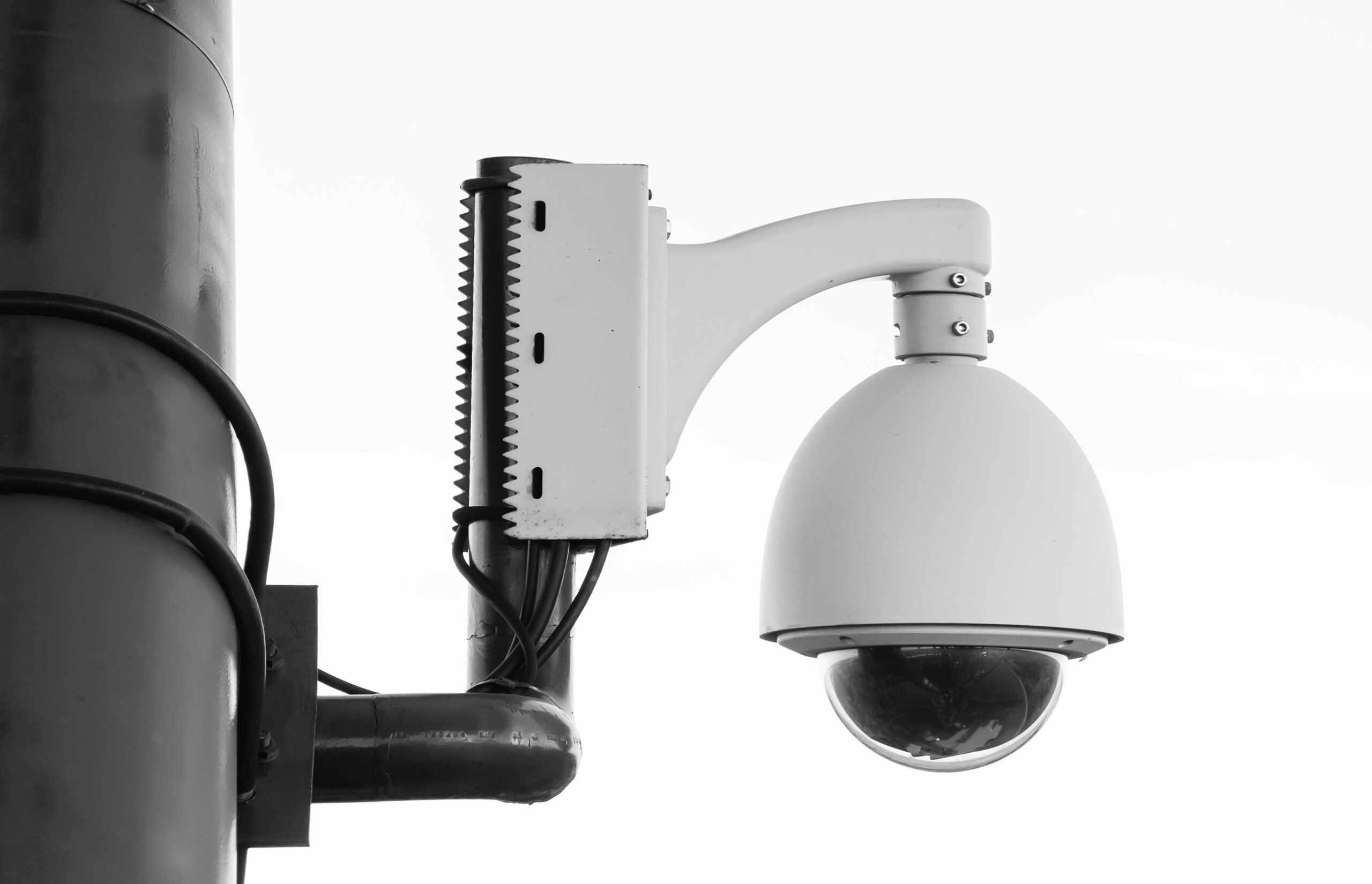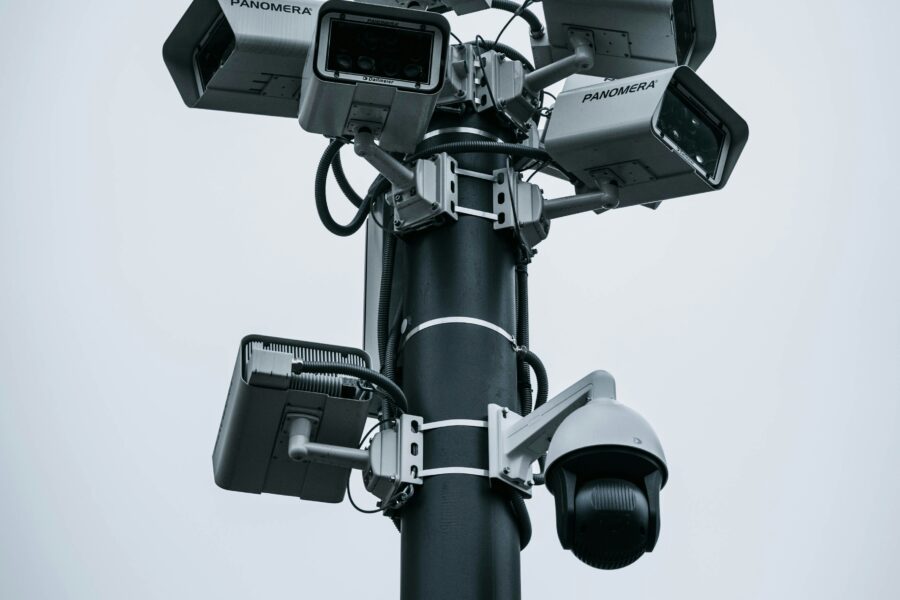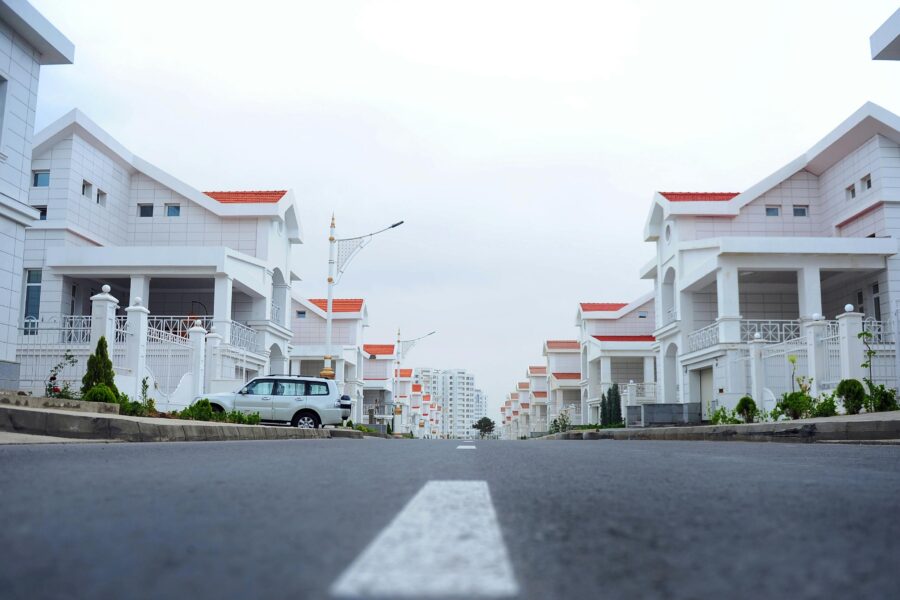In today’s world, ensuring the safety of your residential, commercial, or industrial property is more important than ever. With a wide array of security cameras and systems on the market, choosing the right setup for your needs can seem daunting. This guide aims to simplify that process, helping you make an informed decision that best protects your property in Los Angeles.
Understanding the Types of Security Cameras
Before diving into the specifics, let’s clarify the main types of security cameras available:
- Dome Cameras: Known for their discreet, dome-shaped design, these cameras are ideal for indoor and outdoor use. Their unobtrusive style makes them perfect for places where you don’t want the cameras to be easily noticed.
- Bullet Cameras: Recognizable by their cylindrical shape, bullet cameras are typically mounted on walls or ceilings. They are suited for outdoor use due to their robust design and good range of view.
- Wireless and Wired Cameras: Wireless cameras offer flexibility and ease of installation, transmitting footage over the internet. Wired cameras, while requiring more effort to install, provide a more stable and interference-free connection.
- IP Cameras: Standing for Internet Protocol cameras, IP cameras send and receive data via the internet. They allow for remote viewing and often come with advanced features like high-definition recording.
- Night Vision and Motion Detection Cameras: For round-the-clock surveillance, cameras equipped with night vision are essential. Motion detection cameras save storage space and energy by only recording when movement is detected.
Choosing the Right System: NVR vs. DVR
When selecting a security camera system, you’ll encounter two main types: Network Video Recorders (NVR) and Digital Video Recorders (DVR). The key difference lies in how they process video data:
NVR systems are typically used with IP cameras. They capture and store video footage digitally, offering higher quality images and easier setup, especially if you opt for wireless cameras.
DVR systems work with analog cameras and convert the analog video data into a digital format. While generally more affordable, DVR systems can involve more complex wiring and offer lower image quality compared to NVR systems.
Placement Tips for Maximum Coverage
Effective placement of security cameras is crucial for comprehensive surveillance. Here are a few tips to ensure optimal coverage:
- Entrances and Exits: Place cameras at all main entrances and exits to monitor who enters and leaves your property.
- Off-Street Windows: Windows that are not visible from the street are more likely to be used as entry points for burglars. Install cameras to cover these areas.
- Common Areas: For businesses, covering common areas such as lobbies or hallways can help in monitoring internal activities.
- Perimeters: For industrial properties, securing the perimeter is vital. Place cameras to cover the outer boundaries and potential entry points.
Conclusion
Choosing the right security camera system for your Los Angeles property doesn’t have to be overwhelming. By understanding the different types of cameras and systems available, considering the specific needs of your property, and following best practices for camera placement, you can significantly enhance your property’s security. Whether for a residential, commercial, or industrial property, investing in the right security cameras is a crucial step towards peace of mind and safety.







